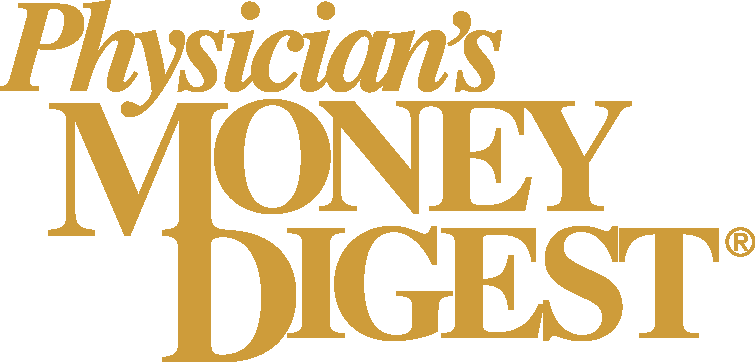
4 tips to amplify your patient satisfaction surveys
A patient satisfaction survey can help you build a satisfying and cohesive experience for patients – if you can get patients to take it.
Patient satisfaction surveys are growing in popularity among healthcare organizations as the U.S. health system continues its transition to value-based care. If done right, your patient satisfaction survey can be a key player in building a satisfying and cohesive experience for patients. It can help you discover hidden issues or gems in your organization and identify which aspects of care – facility appearance, provider approachability, cost, convenience, etc. – are most important to patients.
There’s just one catch: convincing patients to complete your surveys can be tough. To get the most out of your patient satisfaction surveys, follow these four tips:
Provide a compelling “why”
Even if your survey takes only five minutes to complete, you’re still asking busy people to willingly give up their time. If you don’t want to be ignored, you need to give patients a good reason to take your survey.
In the communication accompanying your survey, let patients know that you care about their experience at your facility and will take their feedback seriously. Tell them their feedback plays a vital role in improving quality of care for all patients and make it clear that you want to provide a best-in-class environment and service.
Keep surveys brief
It’s best to keep your surveys concise and simple. The longer and more complex a survey is, the less likely people are to participate. Also, if the survey is short and easy-to-understand, you’ll typically get better, and clearer, feedback from patients.
According to
Keep surveys short and to the point to elicit stronger response rates.
Avoid paper surveys
Although the healthcare industry is a bit behind on the digital revolution, patients are not. For instance, according to the
An online survey is user-friendly and much easier to manage than a paper survey. Patients can complete the survey whenever it is convenient for them, and all submitted data is housed in an organized database for easy analysis.
Follow up quickly
Surveys should be sent as soon as possible after the care experience-typically within 48 hours. This allows patients to respond to the survey while their experience is still top of mind.
Sending timely surveys can also help you maintain a good reputation. If you have a patient who is highly dissatisfied with his or her experience, the survey will alert you early on so you can attempt to help the patient recover from the negative experience as soon as possible.
Chris Byers is the CEO of
Newsletter
Stay informed and empowered with Medical Economics enewsletter, delivering expert insights, financial strategies, practice management tips and technology trends — tailored for today’s physicians.














